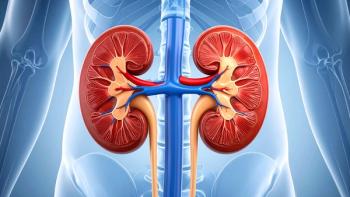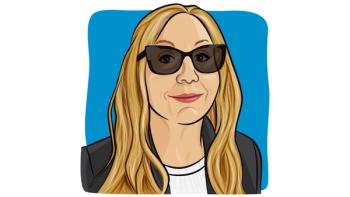
- Summer 2009
- Volume 8
- Issue 2
Interventions Needed to Get Survivors Moving
Researchers identify what survivors need to get physically active.
Researchers knew up to half of adult survivors of childhood cancer don’t exercise, and now they have a better idea why. Identifying aspects that influence survivors’ participation in physical activity was the aim of a study published in February in Cancer.
As part of the Childhood Cancer Survivor Study, this ancillary study found the modifiable predictors of physical activity to be emotions such as feeling unhappy, fear of recurrence or future health issues, motivation, and encouraging interaction between the survivor and his or her physician. In creating exercise interventions, consideration of these factors have the potential to support positive behavior change in childhood cancer survivors, concluded the researchers. Exercise during and after treatment is particularly important for this group because it may relieve or prevent some of therapy’s long-term effects, such as pain, fatigue, osteoporosis, and cardiomyopathy.
Lead researcher Cheryl Cox, PhD, of St. Jude Children’s Research Hospital in Memphis, says while studies are ongoing to determine the specific exercises that may help childhood cancer survivors, a combination of aerobic, flexibility, and strengthening exercises would be beneficial. “Obviously, the type and extent/frequency would need to be individualized to the survivor,” Cox says. “What might work very well for one survivor might be detrimental to another.”
The study also found that health care providers should use gender-tailored intervention strategies to support physical activity in childhood cancer survivors. For example, men preferred information conveyed by print, video, or web-based media, while women were more responsive to direct contact with their primary care physician.
Cox says St. Jude is about to launch a study that introduces individualized exercises seven to 10 days after diagnosis in childhood cancer patients. “It is our fervent hope that during treatment we can lay the foundation for pursuing physical activity lifelong,” she says.
Articles in this issue
over 16 years ago
Web Exclusive: Find a Clinical Trial That's Right for Youover 16 years ago
Web Exclusive: Find a Clinical Trial That's Right for Youover 16 years ago
Web Exclusive: A Q&A with an Extraordinary Healerover 16 years ago
Web Exclusive: Types of Kidney Cancerover 16 years ago
Web Exclusive: Helpful Adviceover 16 years ago
Web Exclusive: Developing a Strategyover 16 years ago
Web Exclusive: Searching for New Targetsover 16 years ago
Web Exclusive: When Survivors Should Exercise Cautionover 16 years ago
Web Exclusive: Fertility Guidelines Not Meeting Needs of Patientsover 16 years ago
Web Exclusive: A Peaceful Spirit



